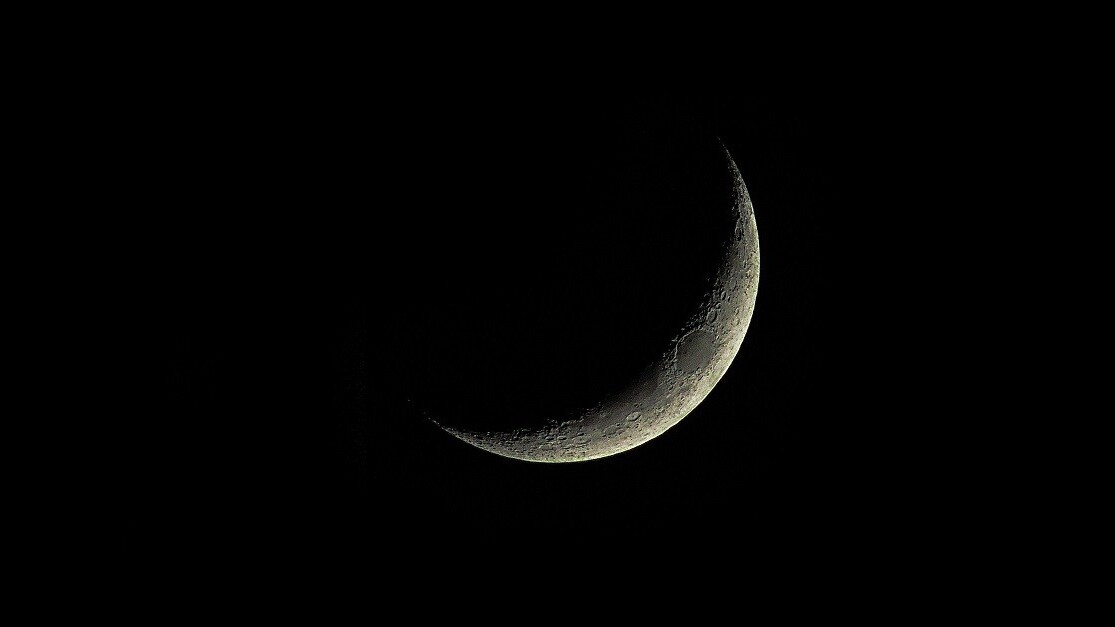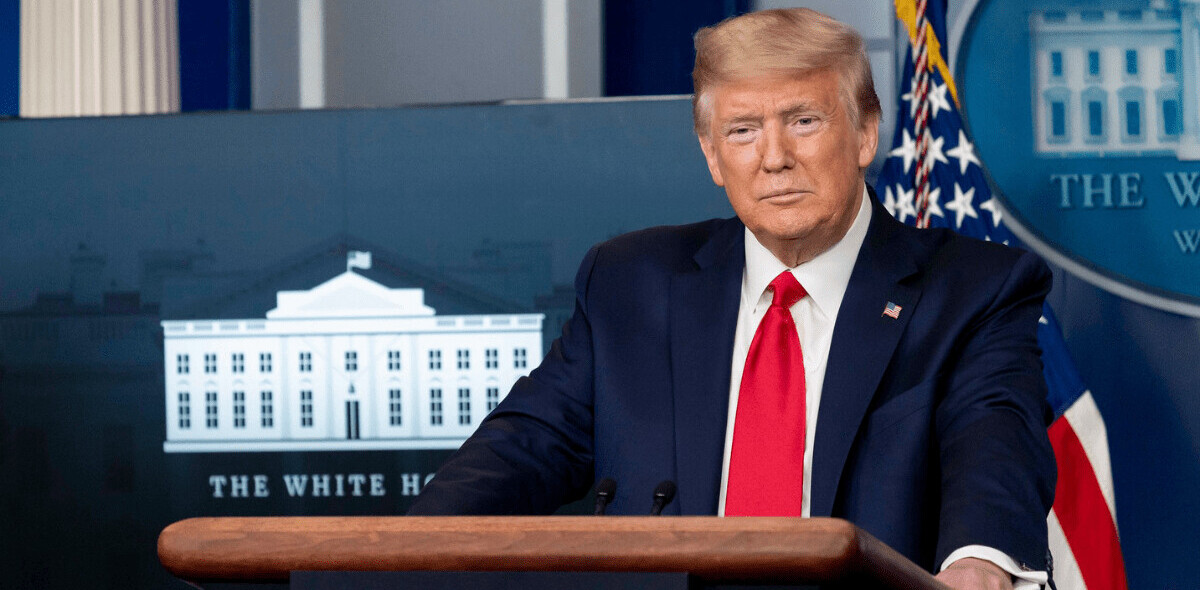
The House budget committee today told NASA Chief Jim Bridenstine it would not fund the administration’s efforts to change the Moon landing timeline from 2028 to 2024. The reason? NASA won’t put a final price tag on the program.
The project is called the Artemis Program. Originally it was slated to launch a crewed mission to the Moon in 2028, but President Trump demanded that not only should the timeline be moved up to 2024, but that NASA should skip the Moon and go straight to Mars. Now, it’s unlikely either will occur during the Trump presidency.
According to a report from ArsTechnica, the House today expressed its reluctance to fund the mission under its new parameters. House Commerce, Justice, Science, and Related Agencies Appropriations Subcommittee chair Jose Serrano told those present he was concerned that moving the original 2028 timeline up by four years posed a significant risk of failure. He also said:
To a lot of Members, the motivation appears to be just a political one—giving President Trump a moon landing in a possible second term, should he be reelected.
This wouldn’t be the first time officials have had to intervene in the president’s ill-advised attempts to rush the US into a space race. Just four months ago Trump tweeted his disdain for the “Moon to Mars” portion of the Artemis Program:
For all of the money we are spending, NASA should NOT be talking about going to the Moon – We did that 50 years ago. They should be focused on the much bigger things we are doing, including Mars (of which the Moon is a part), Defense and Science!
— Donald J. Trump (@realDonaldTrump) June 7, 2019
As The Verge reported, Bridenstine had to talk the president into the idea in person, ultimately explaining that astronauts and researchers needed the practice. Per Loren Grush’s report in July:
Bridenstine explained: “The challenge is if we go direct to Mars, there’s going to be a lot of things that we haven’t yet proven out.” Bridenstine went on to explain that the lunar surface contains water ice that could be mined and turned into rocket fuel, and NASA needs to practice using resources like this on other worlds.
The president eventually relented, and Bridentsine began the process of requesting billions in extra funding to meet the new 2024 goal. The White House came up with a plan to take the money from various other programs – including the Pell Grant – but the House today rejected it on the basis that Bridenstine, NASA, and the Trump administration can’t seem to come up with a total cost for the project.
Representative Serrano, according to the ArsTechnica report, told hearing attendees that “Unless we know what this is going to cost at the end, it would be irresponsible for us to take the first step.” Other Congressional members compared the prospect of funding an open-ended mission to that of making payments on a car without knowing the final, total cost.
This news makes yesterday’s unveiling of the Artemis Program spacesuits all the more awkward – here’s hoping NASA has some mothballs in its budget.
Read next: Elon Musk’s plan for sending people to Mars is probably a suicide mission
Get the TNW newsletter
Get the most important tech news in your inbox each week.




